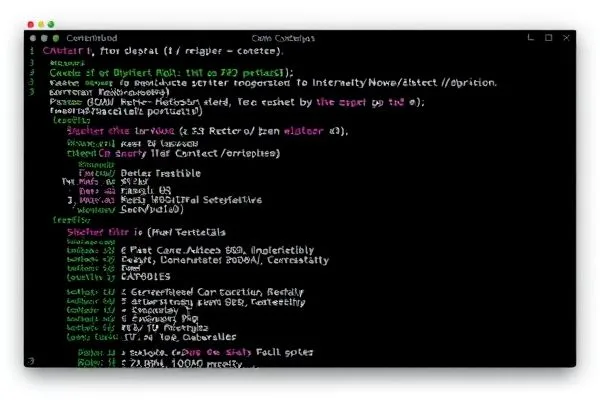Unmasking the SilentCryptoMiner: The Evolving Threat of Malware Masquerading as VPNs
The rise of malware campaigns posing as legitimate tools highlights the sophistication of cyber threats. This article dives into the SilentCryptoMiner campaign, focusing on its operational strategies and the broader implications for cybersecurity. Understanding these dynamics is essential for effective risk mitigation and user awareness.
Key Takeaways
- SilentCryptoMiner exploits the appeal of VPN technology to distribute malware.
- Advanced tools like Windows Packet Divert (WPD) are increasingly being used by cybercriminals.
- Heightened user awareness and robust cybersecurity measures are crucial in combatting such threats.
Malware Masquerading as Legitimate Tools
The SilentCryptoMiner campaign has gained traction by imitating Virtual Private Network (VPN) applications and Deep Packet Inspection (DPI) bypass tools. By presenting itself as a legitimate means to overcome regional internet restrictions, it effectively lowers users’ defenses. Many individuals seeking access to otherwise blocked content may unknowingly install this malware, inadvertently jeopardizing their personal data and system integrity.
According to Kaspersky, this trend reflects a significant shift in the tactics employed by cybercriminals. They are not only distributing malware but also enhancing its appeal through social engineering tactics. Users are often lured by promises of free access to restricted services without realizing the hazardous implications of such downloads. This highlights the urgent need for comprehensive cybersecurity education among internet users.
The Role of Advanced Distribution Techniques
One of the most notable elements of this campaign is the utilization of Windows Packet Divert (WPD) tools for malware distribution. The employment of WPD represents a sophisticated method as it allows attackers to modify and intercept network packets easily, thereby facilitating the seamless delivery of malware. Furthermore, this approach underscores the blurring lines between legitimate network utilities and exploitative software.
Given the escalating frequency of such attacks, organizations and individuals must bolster their cybersecurity frameworks. Simple measures such as installing reputable antivirus software, regular system updates, and user education on recognizing potential threats can significantly mitigate risks. Moreover, employing tools that monitor and analyze network traffic can help identify anomalies indicative of malware activity.
Conclusion
The SilentCryptoMiner campaign exemplifies the growing sophistication of cyber threats in the digital landscape. By disguising itself as a necessary tool for internet access, it poses significant risks to unsuspecting users. To combat these threats effectively, awareness and education must be prioritized alongside stringent cybersecurity practices. Staying informed is the best defense against evolving malware strategies.
Frequently Asked Questions
- What is SilentCryptoMiner?
SilentCryptoMiner is a cryptocurrency mining malware disguised as a VPN tool, aimed at exploiting users’ desire to bypass internet restrictions. - How does malware like SilentCryptoMiner spread?
This type of malware often spreads through deceptive advertisements or software downloads that appear legitimate. - What can individuals do to protect themselves?
Users should ensure they download software only from trusted sources, utilize robust antivirus solutions, and stay informed about current cybersecurity threats. - Why is awareness important in cybersecurity?
Heightened user awareness can significantly reduce the likelihood of falling victim to malware attacks that exploit social engineering tactics.









